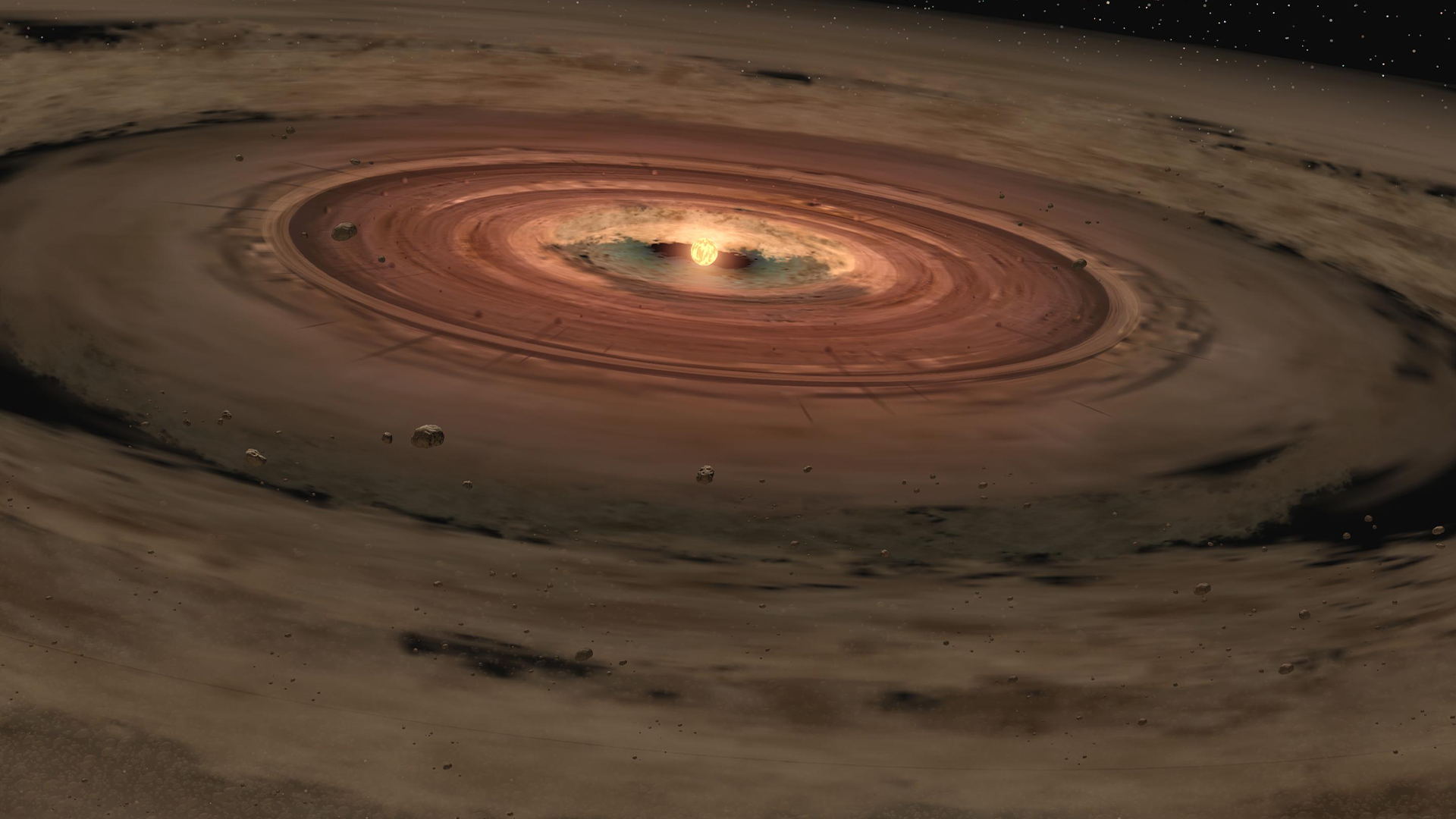The NASA/ESA/CSA James Webb Space Telescope has captured a striking new photo of the barred irregular galaxy NGC 6822.
This image shows the irregular galaxy NGC 6822, which was observed by Webb’s Near-InfraRed Camera (NIRCam) and Mid-InfraRed Instrument (MIRI). Image credit: NASA / ESA / CSA / Webb / M. Meixner.
NGC 6822 is located approximately 1.5 million light-years away in the constellation of Sagittarius.
Also known as Barnard’s Galaxy, IC 4895, or Caldwell 57, this galaxy is similar in structure and composition to the Small Magellanic Cloud.
NGC 6822 was discovered by the American astronomer Edward Emerson Barnard in 1884.
“It was first discovered by E.E. Barnard, who presented his discovery in a very brief paper in 1884 in The Sidereal Messenger, a short-lived but important American monthly astronomical journal that was published between 1882 and 1891,” Webb astronomers said.
“As with many astronomical objects that appeared diffuse with telescopes of the time, NGC 6822 was miscategorized as an ‘exceedingly faint nebula’.”
“Over the next few years, a series of confusions arose around NGC 6822 over its apparent size, brightness, and even what kind of object it was, because astronomers at the time did not properly account for how different the same object might look with different telescopes.”
“Edwin Hubble, namesake of the NASA/ESA Hubble Space telescope, went on to study NGC 6822 in depth and published a far more detailed paper of his own in 1925.”
“This work was exceptionally important for humanity’s evolving understanding of the Universe, because, in Hubble’s own words: ‘N.G.C. 6822, [was] the first object definitely assigned to a region outside the galactic system’.”
NGC 6822 has a diameter of 7,000 light-years and belongs to the Local Group of galaxies.
The galaxy has a low metallicity, meaning that it contains low proportions of elements that are not hydrogen and helium.
“Metallicity is an absolutely key concept in astronomy, in part because elements other than hydrogen and helium are largely produced by stars over their lifetimes,” the astronomers said.
“Therefore, in the very early Universe — before the first generation of stars had been born, lived and died — everything had very low metallicity.”
“This makes contemporary low-metallicity objects — like NGC 6822 — objects of interest for understanding how processes such as the evolution of stars and the life cycle of interstellar dust likely occurred in the early Universe.”
Note: This article have been indexed to our site. We do not claim legitimacy, ownership or copyright of any of the content above. To see the article at original source Click Here














